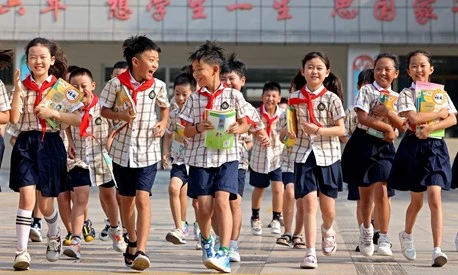
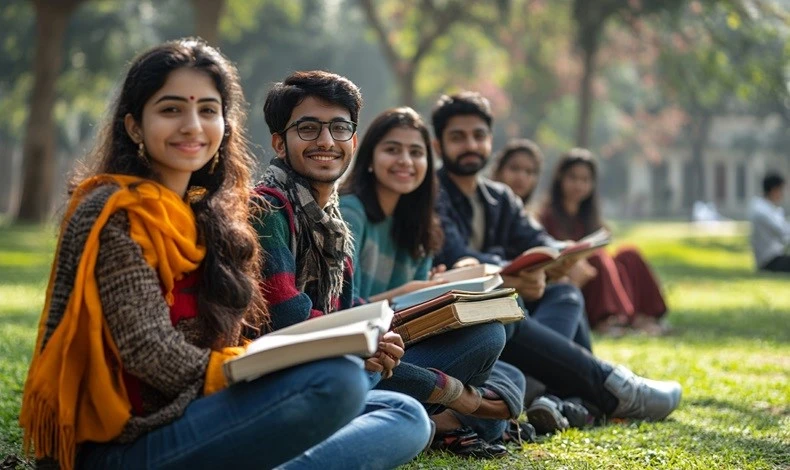
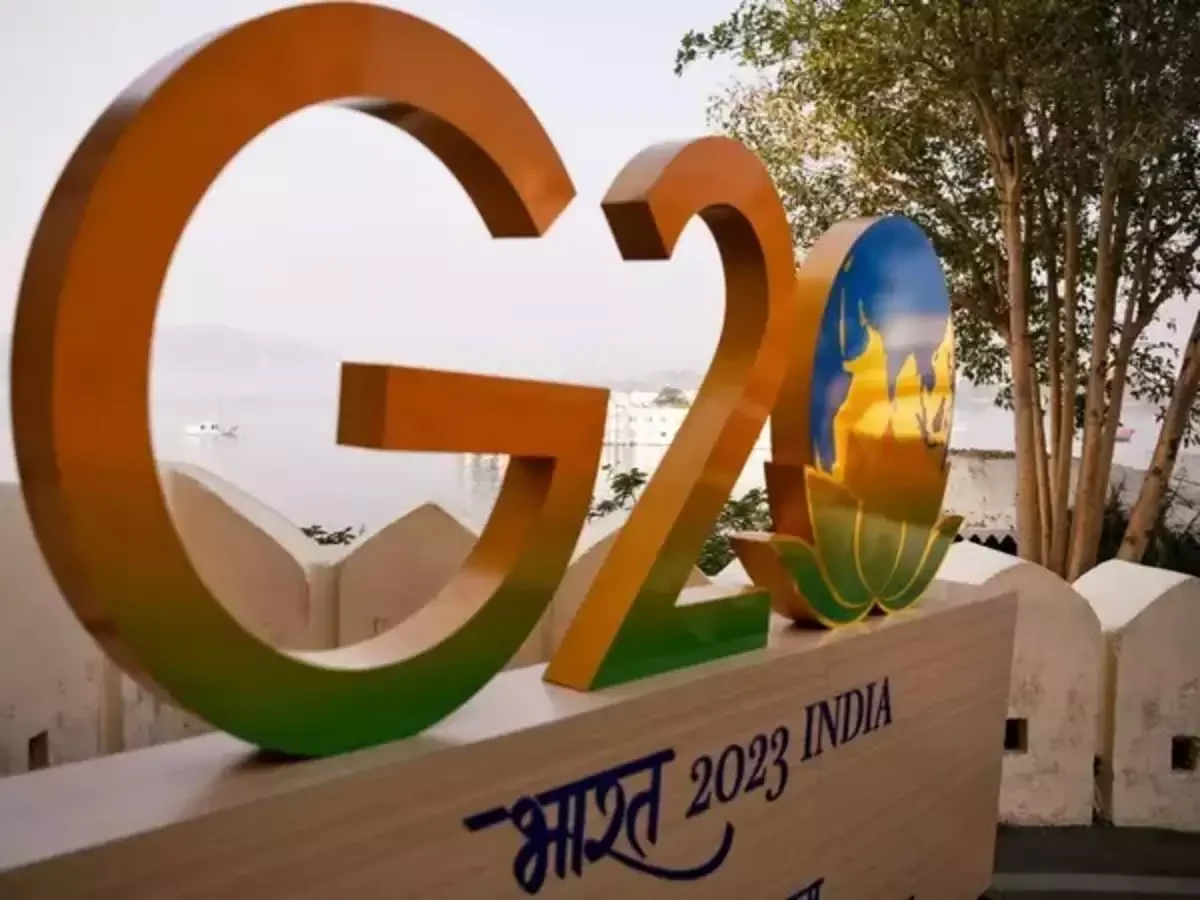
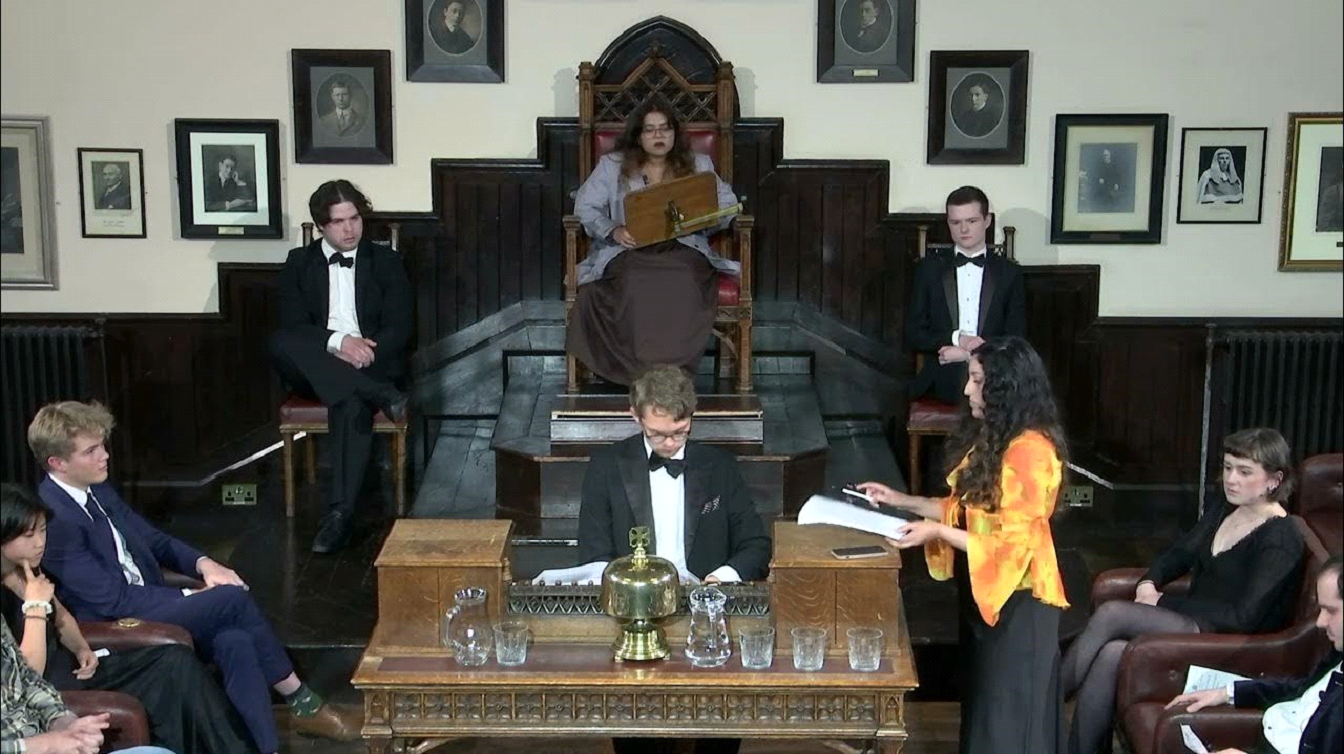
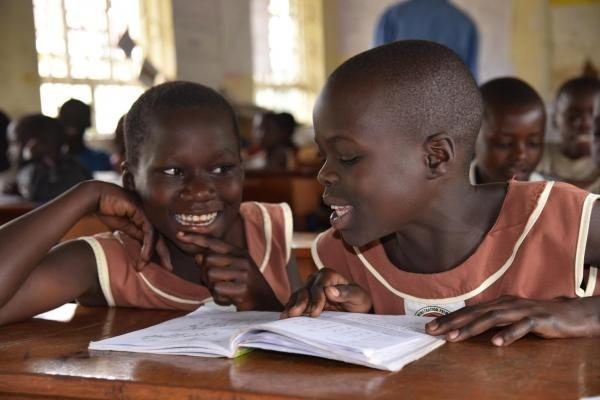

As 2025 approaches, Indian students looking to study and work in the United States are attentively observing how President-elect Donald Trump’s expected immigration and education policies might affect them. These forthcoming policies are likely to significantly influence the opportunities available to the over 60,000 Indian students who obtained visas in 2024, reinforcing India’s position as the leading source of international students in the U.S. for the third consecutive year.
Expected Policy Changes
Trump’s administration is likely to uphold its “America First” strategy, which may involve major reforms in immigration and education. While these policies could pose challenges, they also present opportunities for Indian students, particularly those excelling in STEM (Science, Technology, Engineering, and Mathematics) fields.
Merit-Based Immigration Framework
A transition toward a merit-based immigration framework is among the anticipated changes. This model focuses on granting visas and residency based on skills, education, and economic contributions.
Beneficial for STEM Graduates: Indian students recognized for their outstanding performance in STEM areas could see substantial advantages from this approach.
Job Market Opportunities: With U.S. STEM job growth projected at 10.5% by 2030, the demand aligns seamlessly with the qualifications of Indian students.
H-1B Visa Program
Trump’s previous modifications to the H-1B visa program prioritized high-skilled workers and aimed to safeguard American job opportunities. Although these changes may have created hurdles for new graduates, they also enhanced the prospects for skilled professionals.
Chances for Exceptional Talent: Indian graduates possessing strong academic records and specialized skills may benefit from better opportunities in obtaining H-1B visas.
Welcome to the future of digital storytelling, where creativity meets innovation. We’re not just a magazine platform; we’re a team of passionate visionaries committed to transforming how stories are shared, celebrated, and experienced in the digital age. Join us as we inspire, inform, and redefine the world of digital magazines.
© Copyright 2025 | educationeureka | All Rights Reserved.